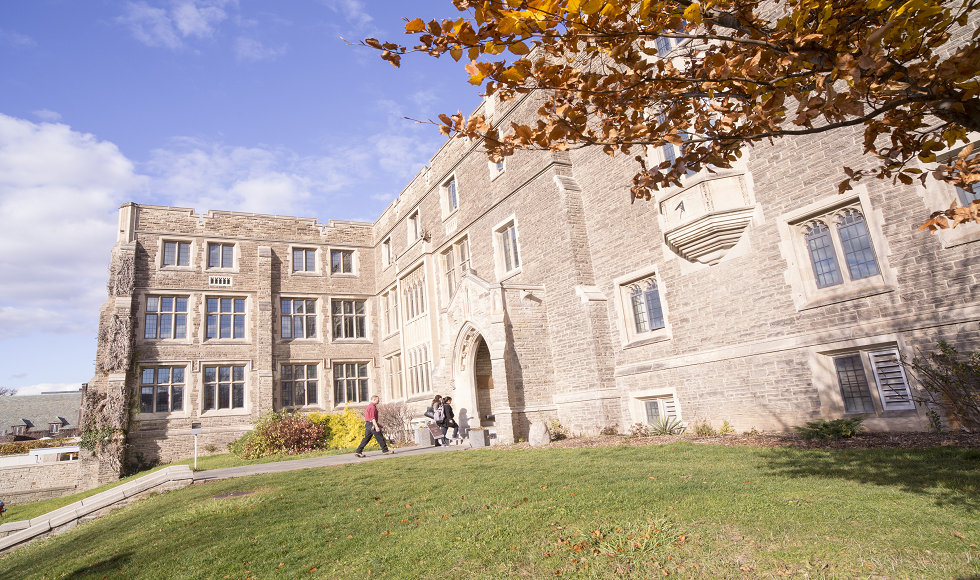Historians launch book on Hamilton Harbour

BY Wade Hemsworth
December 5, 2016
It was a celebration more than 20 years in the making.
McMaster historians Nancy Bouchier and Ken Cruikshank joked about the long gestation of The People and The Bay, the book they launched with a reception in Hamilton Dec. 1.
They had gathered a group of fellow historians, geographers, storytellers, environmentalists, friends and members of their families at the Waterfront Discovery Centre, just steps from the frigid whitecaps of their beloved subject: Hamilton Harbour, also known as Burlington Bay.
Bouchier, a social historian, and Cruikshank an historian of business and administration who is also McMaster’s Dean of Humanities, had lit upon the idea for their project shortly after joining the faculty at McMaster in 1993.
Both Ottawa natives, they met during an event for new faculty members, and soon realized their mutual interest in understanding and sharing the story of the harbour and how it has been shaped, both physically and socially, by human activity, especially during the industrial era of the past 160 years.
They set out to write a book that was both scholarly and accessible to the wider community, and, as a recent review in Ontario History says, “it was worth the wait”.
Bouchier and Cruikshank had discovered early in their work that people who lived on the shores of the harbour were hungry for an accounting of what has gone wrong and right, including industrial in-filling of the bay itself, commercial, industrial and recreational activity in and on the water, severe pollution and neglect, the closing of the harbour to the public and the resilient force of nature, always struggling to reassert its place.
It’s a big story for such one sharply defined geographic area, and understanding what happened to the bay demanded the authors plunge into aspects of ecology, chemistry, geology, economics, politics and law.
The story, they found, was in the people who have fought and continue to fight to repair the damage that earned the harbour the shameful distinction of being named one of the most toxic hotspots in the entire Great Lakes.
“We spent so long on this because the story was very complicated,” Cruikshank said, “and because it mattered. It absolutely mattered.”
The authors found the framework for their narrative in diaries and maps, newspaper microfilms, scrapbooks, city directories and arcane government documents, which led them and their research assistants to interviews with the characters who bring the story its most colourful elements, such as Gillian Simmons.
She had watched with anger as unscrupulous developers hauled landfill away from the construction of the Claremont Access and poured it into the west harbour, with the plan of building on the land they were creating.
Starting in the early 1970s, she marshalled the forces of opposition through her group, Save Our Bay, or SOB, and changed the momentum in favour of the bay. Today that land is Bayfront Park.
The People and the Bay, issued most recently in paperback, had enjoyed previous lives as a DVD, an art exhibit and as a hardcover, but the paperback that opened access to a wider audience was always the ultimate goal, the authors said.
The story itself changed during the time of their work, as efforts to remediate the harbour through such projects as the containment of Randle Reef and the rehabilitation of the Windermere Basin started to offer a happier ending than had once seemed possible. The book may be finished, the authors noted, but the story continues.
“It’s a moving target,” Bouchier said.

